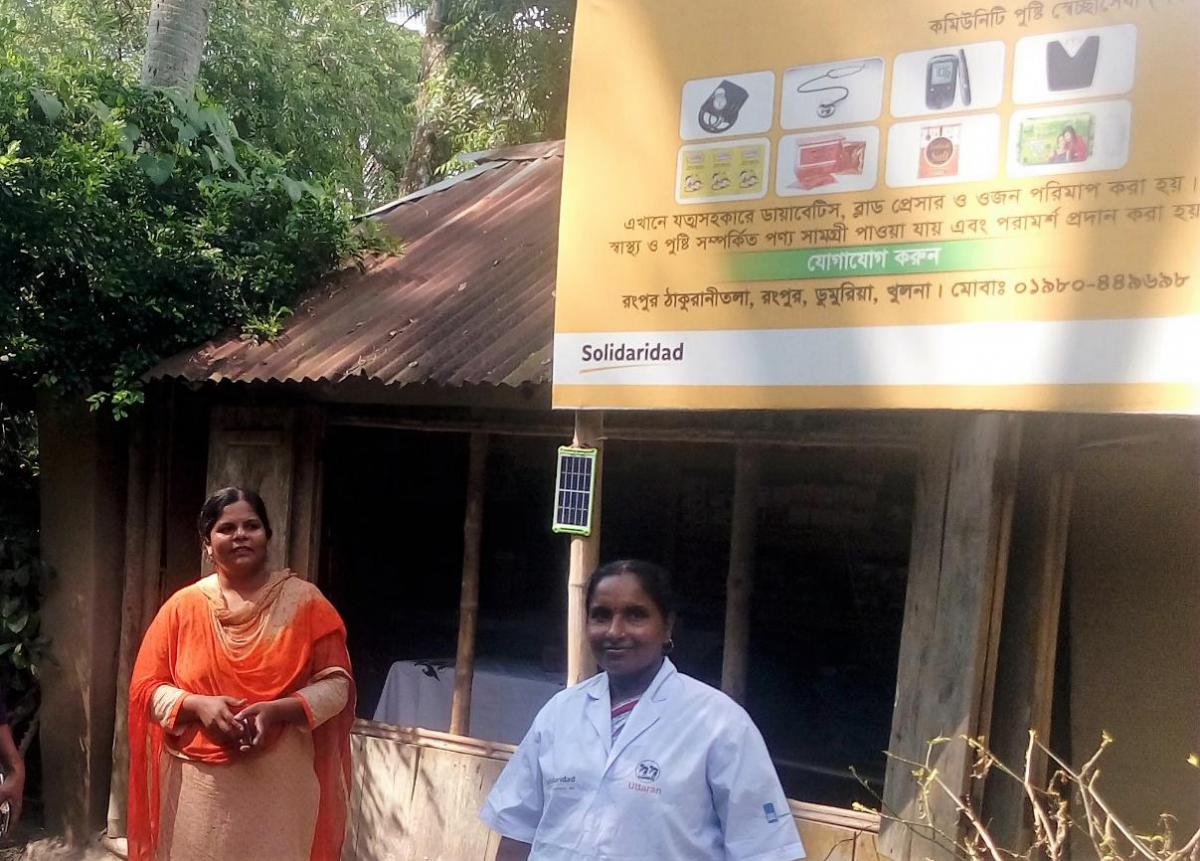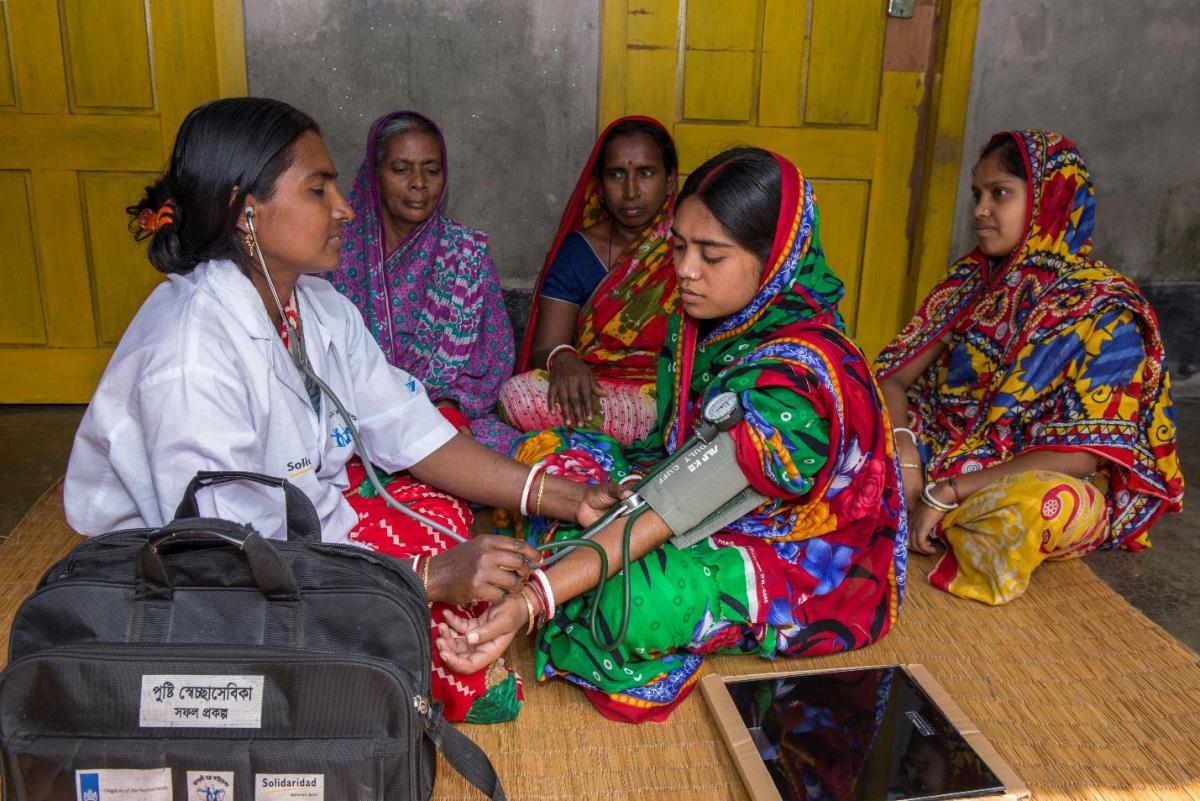
To achieve this, Solidaridad works with local professionals by training 500 Lead Farmers, 86 Community Nutrition Volunteers (CNVs) and 60 Community Livestock Service Providers. They make a significant contribution to food safety and market integration for their communities.
These community service providers are demonstrating various improved production technologies and providing hands-on training to the smallholders for using improved technologies. Service providers also link the smallholders with market players and make sure smallholders are aware of health and nutrition issues for better food security. The CNVs have been making lasting contributions in the rural communities not only by improving the health status of the larger cross-sections of people, but also by raising critical awareness on matters of health, nutrition, sanitation and proper lifestyle.
CNVs emerged as rural entrepreneurs supported by Solidaridad to provide much needed nutrition education and health services in the rural communities. CNVs serve several adjoining villages and make door-to-door visits. They provide basic healthcare (e.g. checking of blood pressure and blood sugar) along with counselling and information services on health, nutrition and food consumption behaviours.

Solidaridad’s research on “Understanding Stunting and the Common Characteristics of Households with a Stunted Child” in southwest Bangladesh demonstrates solid evidence for the improvement of food and nutrition security of the targeted households by promoting accessibility, availability and nutrition awareness. Some of the key evidence of the research includes:
- 55% of households (HH) throughout the project areas experienced no food shortage over the year, while 31% HHs had surplus food.
- 32% HHs live below the poverty line with less than 4,800 BDT income per month.
- About 96% of mothers said that food is available in local market all the year round.
- Girls are moderately stunted by 31% and the rate was 19% for the boys.
- Households are not in serious threat of malnutrition. Most of the HHs regularly consume foods from more than four food groups, which ensures the dietary diversity.
- Mothers almost universally (96.2%) breastfed their babies.
Learn more about Solidaridad programmes in South & South-East Asia

